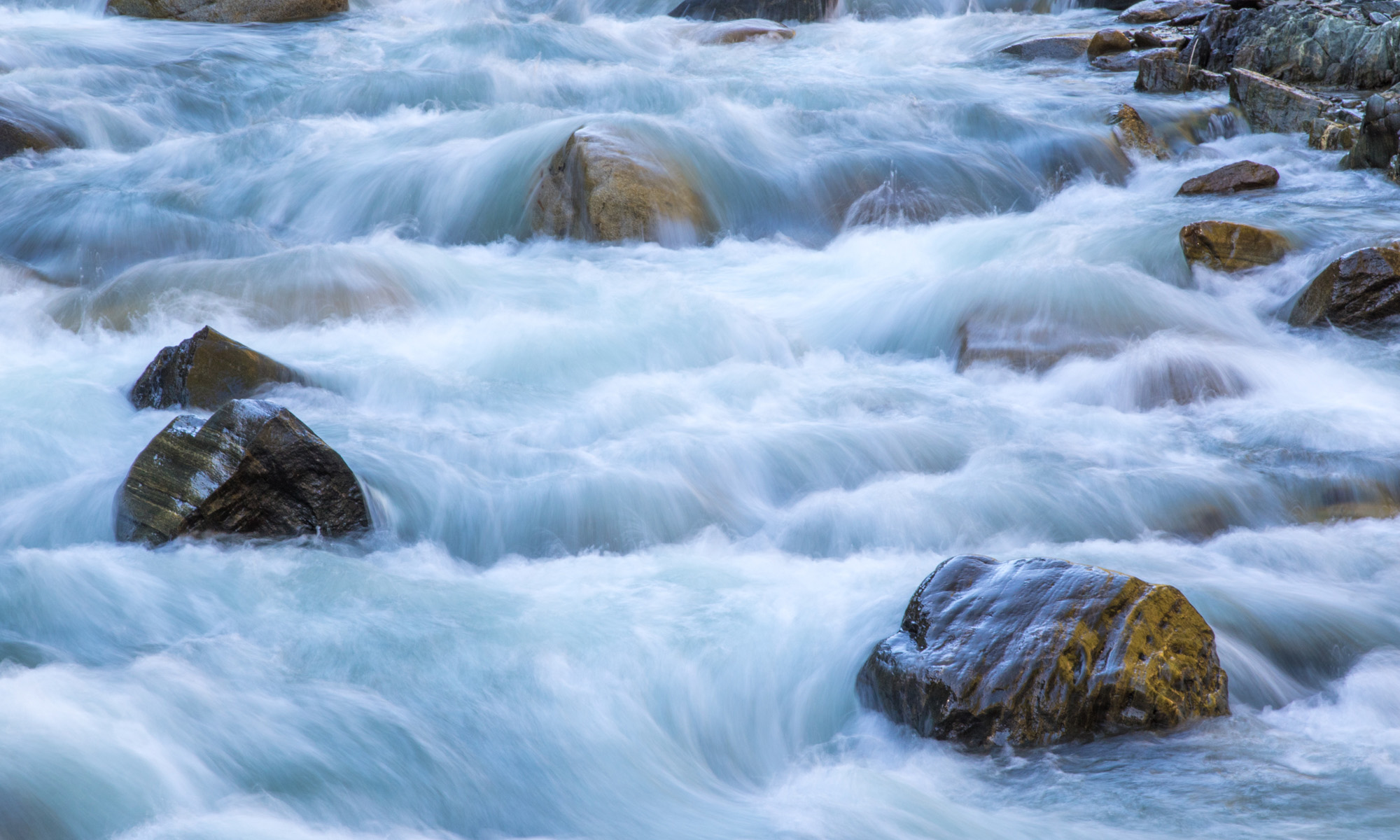Today’s Question: I want to take a large number of TIFF files and convert all of them to 72 ppi [pixels per inch resolution] and into JPEG files. Is there a way to do this in Lightroom, and if so, how?
Tim’s Quick Answer: You can convert photos from one file format to another using the Export feature in Lightroom. If you want to include the converted images in your Lightroom catalog, you can turn on the “Add to This Catalog” checkbox in the Export dialog.
More Detail: Lightroom doesn’t provide an option to directly convert photos from one file format to another, other than the option to convert to the Adobe DNG file format. However, you can convert files to a different format using the Export feature. This includes the ability to add the exported images back to your Lightroom catalog if you want both versions included in the catalog, or if you then want to delete the originals.
Generally speaking I would keep all of the original file formats for my photos in the Lightroom catalog. When I export copies of my photos, those are generally “extra” copies of the images being used for some other purpose, such as to send images to a client.
That said, the Export feature can be very helpful for converting photos from one file format to another for a variety of different purposes. To get started, select the images you want to convert. Then click the Export button at the bottom of the left panel in the Library module. In the Export dialog you can specify where you want the new files to be created, what file format to use, the resolution to be used, along with a verity of other options available.
If you simply want to create copies of your original photos for some other purpose, you can simply configure the desired settings in the Export dialog and then click the Export button at the bottom-right of that dialog.
If, however, you want the new copies of your photos to also be included in your Lightroom catalog, you can turn on the “Add to This Catalog” checkbox in the Export Location section of the Export dialog. This will cause the new versions of your photos to be included in your Lightroom catalog, along with the original source photos. Of course, if you want both versions of your photos included in your catalog, you might also want to export the new versions of the photos to the same folder as the source images you’ve selected for export.

